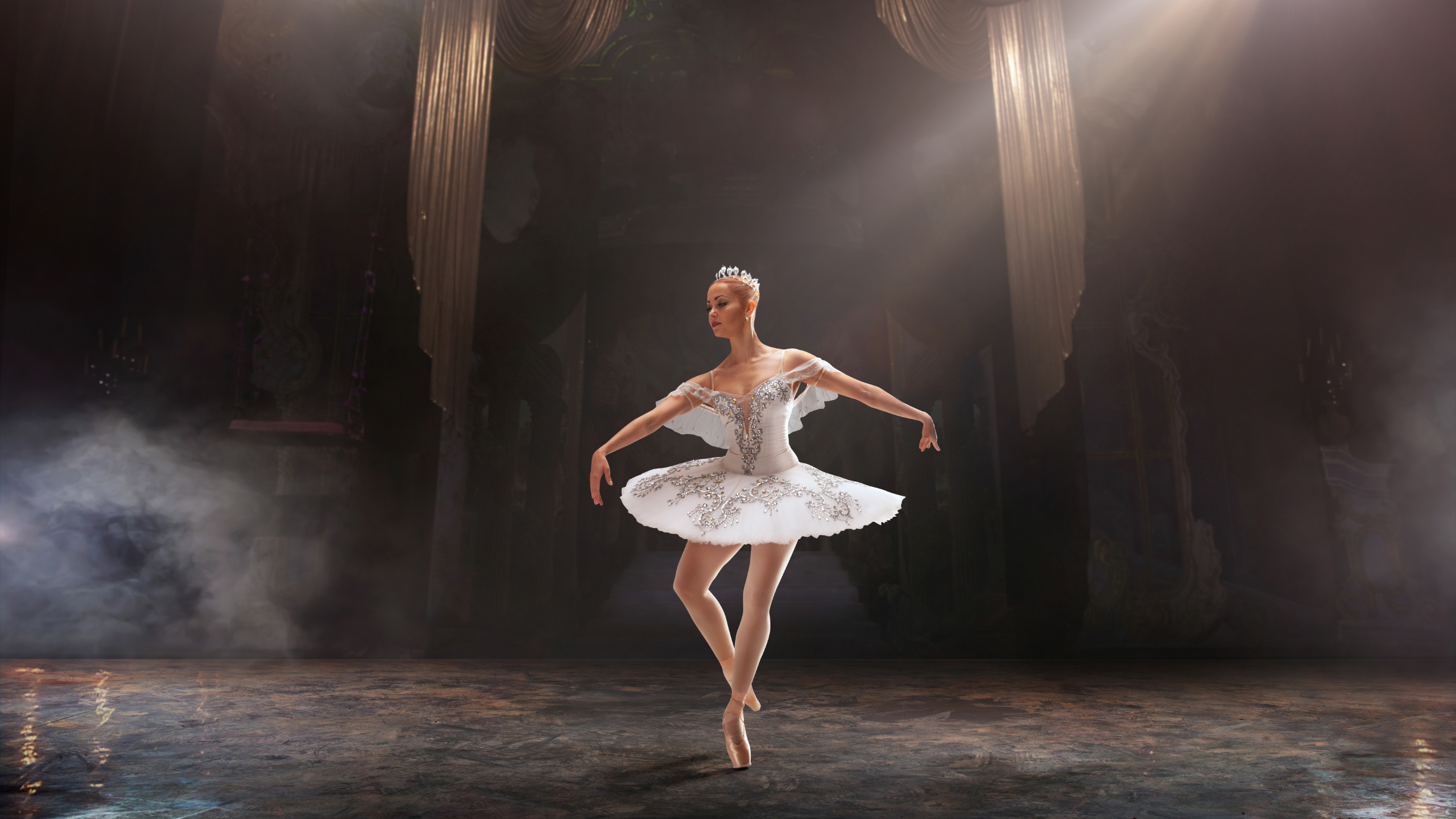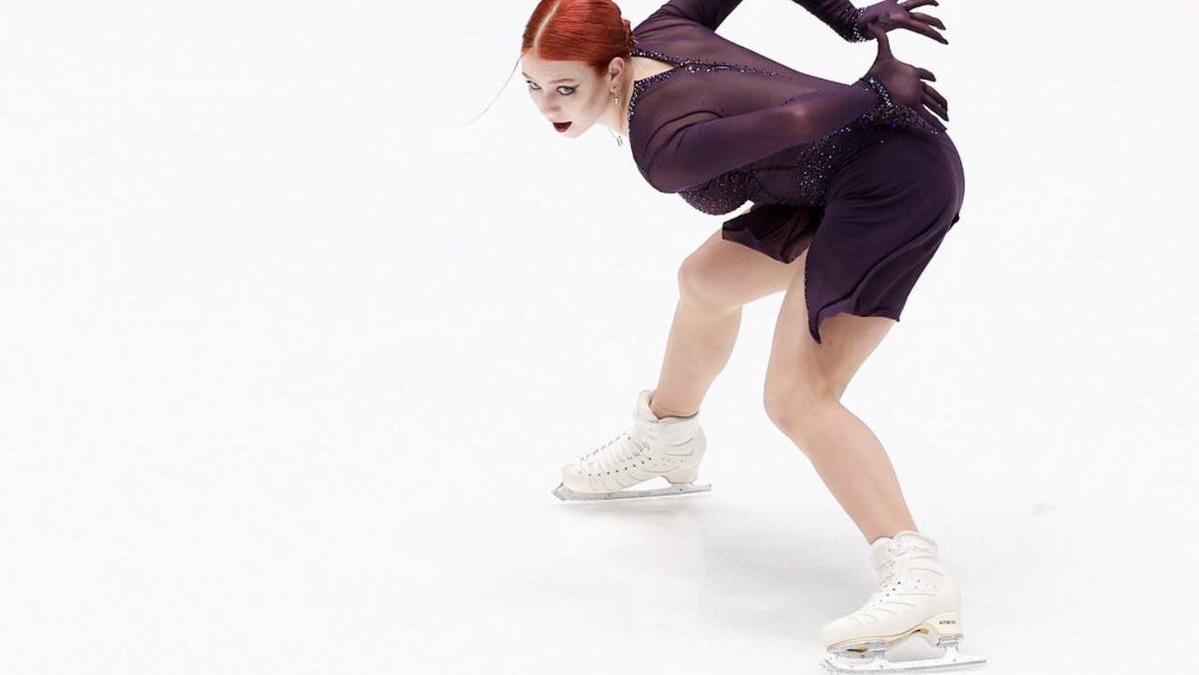January 15, 2025
Alexandra Trusova Expecting a Child
March 18, 2025

Ballerinas glide across the stage with ethereal precision, but beneath the poise lies a world of quirky superstitions. From lucky charms to pre-show rituals, these traditions aren’t just whimsy—they’re a psychological lifeline in a high-stakes art form. Here’s a peek into the superstitions ballerinas swear by and the science that might explain their power.
Superstitions in ballet are as old as the art itself. One classic? Never wish a dancer “good luck”—it’s bad juju. Instead, “merde” (French for, well, manure) is the go-to phrase, borrowed from 19th-century Paris when horse-drawn carriages left streets messy outside theaters. A full house meant more “merde,” signaling success. Today, ballerinas whisper it backstage to dodge the jinx.
Many ballerinas cling to talismans. A 2023 survey by Dance Magazine found 68% of professional dancers carry a lucky item—think a worn-out ribbon, a tiny charm sewn into a tutu, or even a specific pair of pointe shoes saved for big shows. American Ballet Theatre’s Isabella Boylston admits to wearing the same mismatched socks for every premiere, claiming they “lock in the vibe.”
Costume rituals abound, too. Some refuse to mend a ripped hem before a debut, believing it absorbs good energy. Others insist on tying their pointe shoe ribbons in a precise order—left, then right—to keep chaos at bay. “It’s my anchor,” says Royal Ballet’s Francesca Hayward. “One slip, and I’m off all night.”
The stage itself is sacred ground. Stepping over a broom backstage? A no-no—legend says it sweeps away luck. Whistling in the wings is taboo, too, tied to old theater lore when whistle signals controlled heavy scenery; an errant tune could drop a curtain—or worse. And don’t get caught saying “Macbeth”—it’s “The Scottish Play” to avoid cursing the performance, a superstition so ingrained that dancers hush anyone who slips.
Are these just quirks, or do they work? Science suggests they’re more than folklore. A 2016 study in Psychological Science found that superstitions boost performance by reducing anxiety and enhancing focus. Rituals create a sense of control in unpredictable settings—like a live ballet where a slip could end a season. The brain’s prefrontal cortex, which handles planning, lights up during these habits, calming the amygdala’s stress signals, per a 2020 Journal of Neuroscience study.
Placebo effects play a role, too. A 2018 Journal of Sports Sciences study showed athletes with lucky charms felt 12% more confident, translating to sharper execution. For ballerinas, that ribbon or “merde” might just trick the mind into peak form.
Today’s ballerinas blend tradition with personal flair. Some tap the barre three times before class, others sip tea from the same mug pre-show. New York City Ballet’s Tiler Peck swears by eating a banana 30 minutes before curtain—potassium for muscles, sure, but also her “good vibe fruit.” Social media’s even sparked trends: #BalletRituals on TikTok has dancers sharing quirks like spinning counterclockwise to “unwind bad energy.”
Superstitions don’t land jumps or perfect pirouettes—practice does. But for ballerinas, these rituals are a mental warm-up, a way to tame nerves in a world where one misstep can steal the spotlight. Science backs their potency: belief shapes reality. So next time you see a dancer knock on wood or dodge a broom, know it’s not just habit—it’s their secret to soaring.
By Vitalina Andrushchenko, Staff Writer

January 15, 2025
Alexandra Trusova Expecting a Child

April 05, 2025
Alexandra Trusova and Makar Ignatov Reveal the Gender of Their Future Child

December 26, 2024
2025 World Junior Championship Schedule